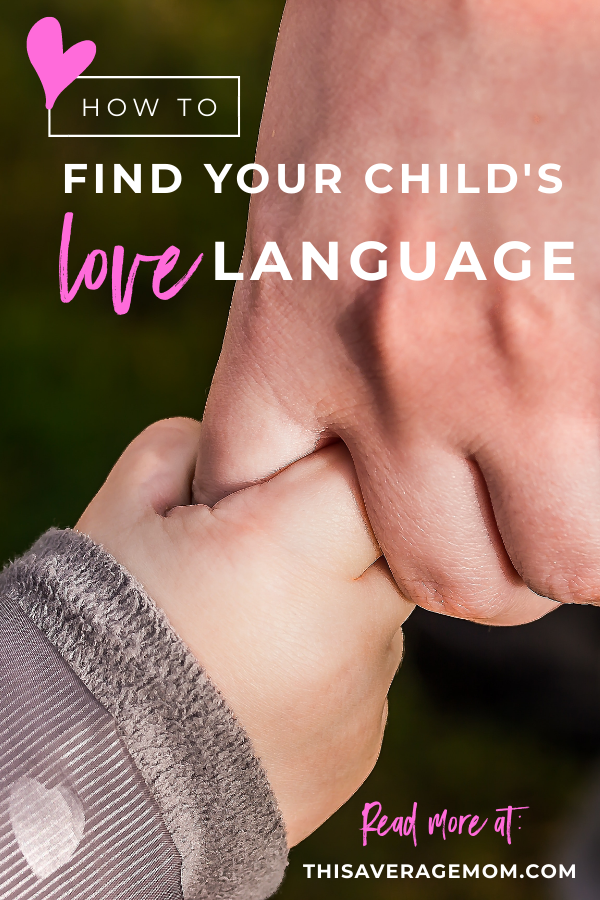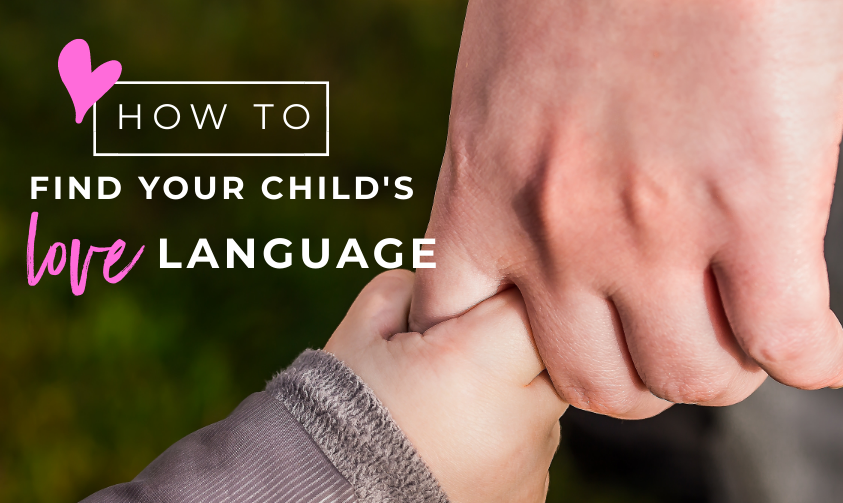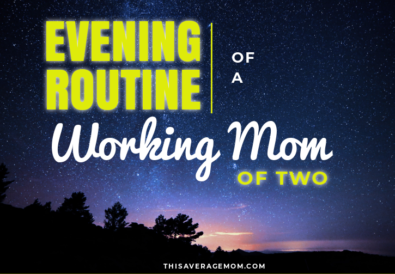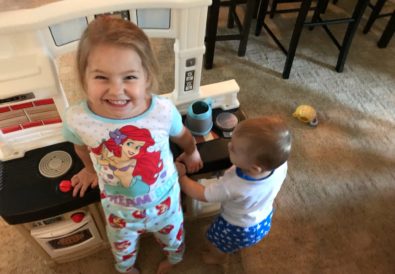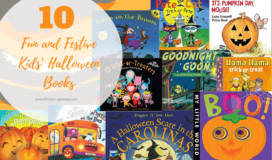I recently read The 5 Love Languages and The 5 Love Languages for Children by Gary Chapman–and I realized that I hadn’t been speaking my 6 year old Harlyn’s love language.
Psst! This post contains affiliate links. This means that, at no cost to you, I will earn a commission if you click through and make a purchase.
I guess deep down, I knew that Harlyn loved when I played with her. But I’m a busy working mom, and I stopped wanting to play with toys about a zillion years ago. I also tend to subscribe to the idea that we SHOULDN’T entertain our kids every moment. All these things lead to me spending as little time as possible playing with my girl.
I should have known better.
We’d been experiencing some issues with Harlyn–and every single time she’d get upset, she’d say one of two things (okay, often…both): that she didn’t feel loved (OUCH) and that she doesn’t like to be yelled at.
Well, after reading about the Love Languages and specifically reading the version geared toward children, it dawned on me: Quality Time and Words of Affirmation matter to Harlyn. And while I do a super good job of words of affirmation, I didn’t realize that getting irritated and eventually yelling was like, negative words of affirmation for Harlyn. The opposite of what would make her feel loved. Of course, sometimes, you gotta yell. Heck, many times I can’t get either kid to listen without ranting and raving. But I digress.
SO: if you notice your child’s emotional tank is running on E, here’s how to find out how to fill it back up!
1.Ask your kids how they know you love them
Something I noticed in The 5 Love Languages for Children is that they were constantly asking “how do you know your mom/dad loves you?” So I started asking that same thing in our house. And while it took some coaxing and reading between the lines, I started hearing both what Harlyn was saying, and what she wasn’t.
2. Try it all
I’ve been making a big effort to speak to Harlyn (and Maverick!) in all 5 love languages. The authors say this is important for kids, and I absolutely agree. So I have been hitting the 5 languages with a special focus on QT because that is the hardest one for me to make time for.
3. Listen to what they request of you
The #1 request in our house is “Mommy (or Daddy), will you play with me?” This is huge for both of our kids. To a lesser extent, we do hear things like “will you help me with (a task they are able to do)?” which is Acts of Service. Or, what I think of as “reverse” Words of Affirmation, like when Harlyn says “I don’t like it when you yell at me.” But if I pay attention, I can very clearly hear that Quality Time is most important for my kids.
4. Add something and see if it helps
Once I came to terms with my lack of weekday QT with Harlyn, I asked her if we could try something new–spending 5 minutes together right after I get home from work. She seemed excited about this, and then I had an epiphany–we could spend some of that time doing gratitude journals together, and this would help her tell me about her day. And while we’ve only been doing our 5 minutes (which is usually more like 10-15) for a short time, I can already see a huge difference in her behavior and her happiness. If it wasn’t working, I’d adjust to check if I’d gotten the love language wrong and needed to choose another way to show love.
I truly hope this helps–I know that toddlers, young school-aged kids, and even bigger kids can really have a hard time sharing what they need and may not even know what they need. But through listening, trying, and adjusting, we can learn how to best love our children and fill their emotional tanks.
